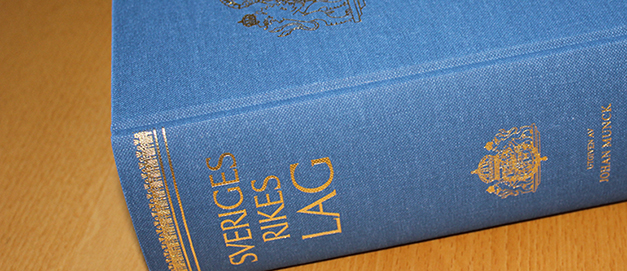
Mineral laws in Sweden
Sweden has had legislation about the right to undertake exploration and exploitation since the Middle Ages. The oldest known mining laws are from the 1300s. Mineral legislation is needed to facilitate society´s supply of necessary metals and minerals.
The Minerals Act and the Minerals Ordinance
The Minerals Act (1991:45) came into force on 1 July 1992. You can access an English translation of the Act including amendments made up to the 1 July 2022 via the link below. The Minerals Act applies to specially designated natural resources, so-called concessionary minerals.
The Minerals Ordinance (1992:285) came into force on July 1, 1992. You can access an English translation of the Ordinance including amendments made up to the 8 March 2018 via this link:
The Minerals Ordinance (1992:285)
The Minerals Act and Minerals Ordinance currently in force replaced the Mining Act (1974:342) and the Act concerning Certain Mineral Deposits (1974:890).
The Mining Inspectorate is responsible for permits and supervision under the Minerals Act.
Act on Continental Shelf (1966:314) and Continental Shelf Ordinance (1966:315)
The Continental Shelf Act and Ordinance are applied in handling cases relating to the extraction of national resources from the seabed within the Swedish territorial waters and Swedish economic zone. The Geological Survey of Sweden is normally responsible for issuing permits under the Act; however, in certain cases permits must be granted by the government.
Other legislation affecting exploration and exploitation
The holder of an exploration permit and, in the next stage, the holder of an exploitation concession, often also needs to apply for permits according to other legislation before work can begin, e.g. permits according to the Planning and Building Act (2010:900), the Environmental Code (1988:808) and the Act concerning Ancient Monuments and Finds (1988:950).
Last reviewed 2023-09-06
